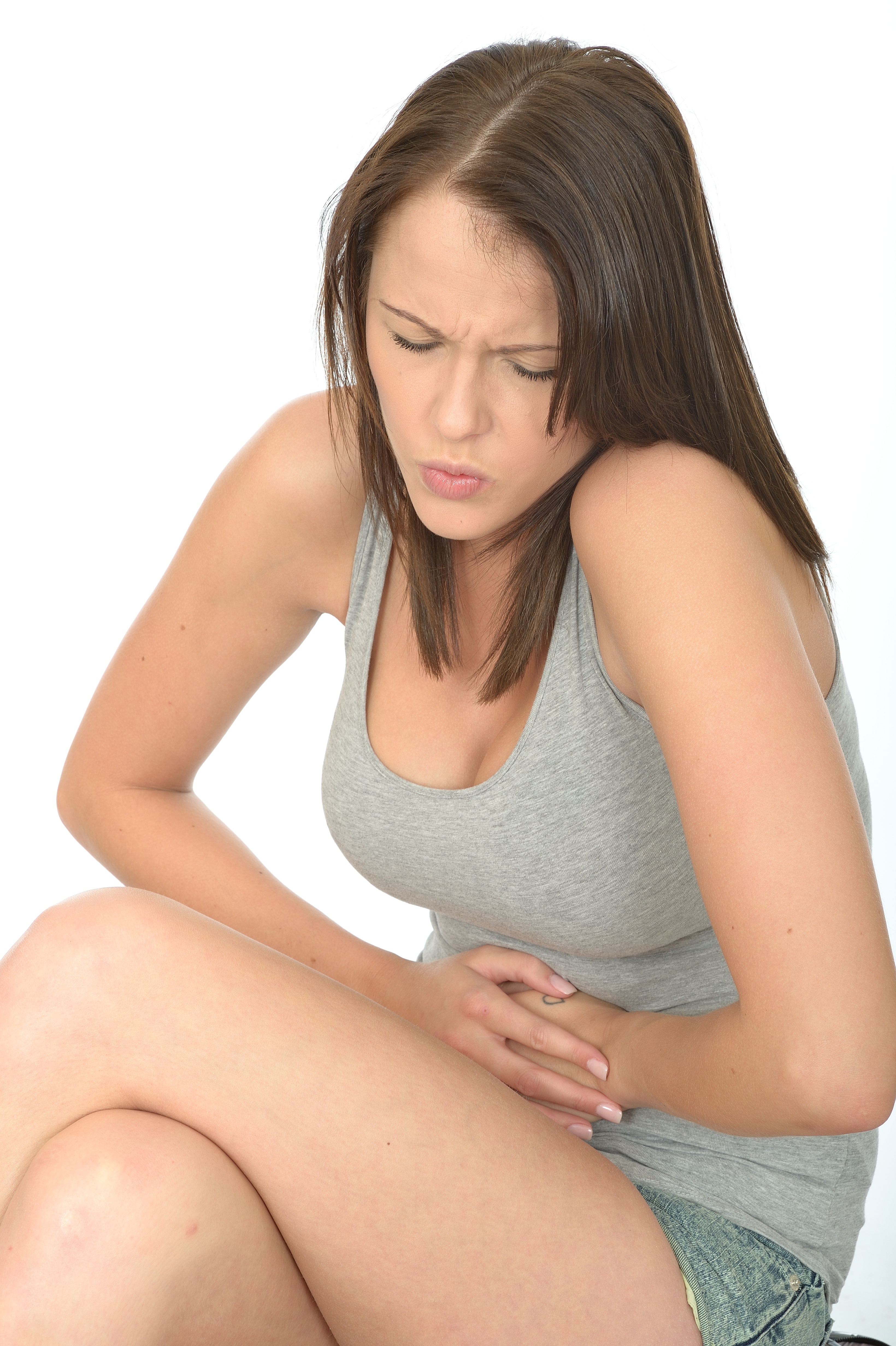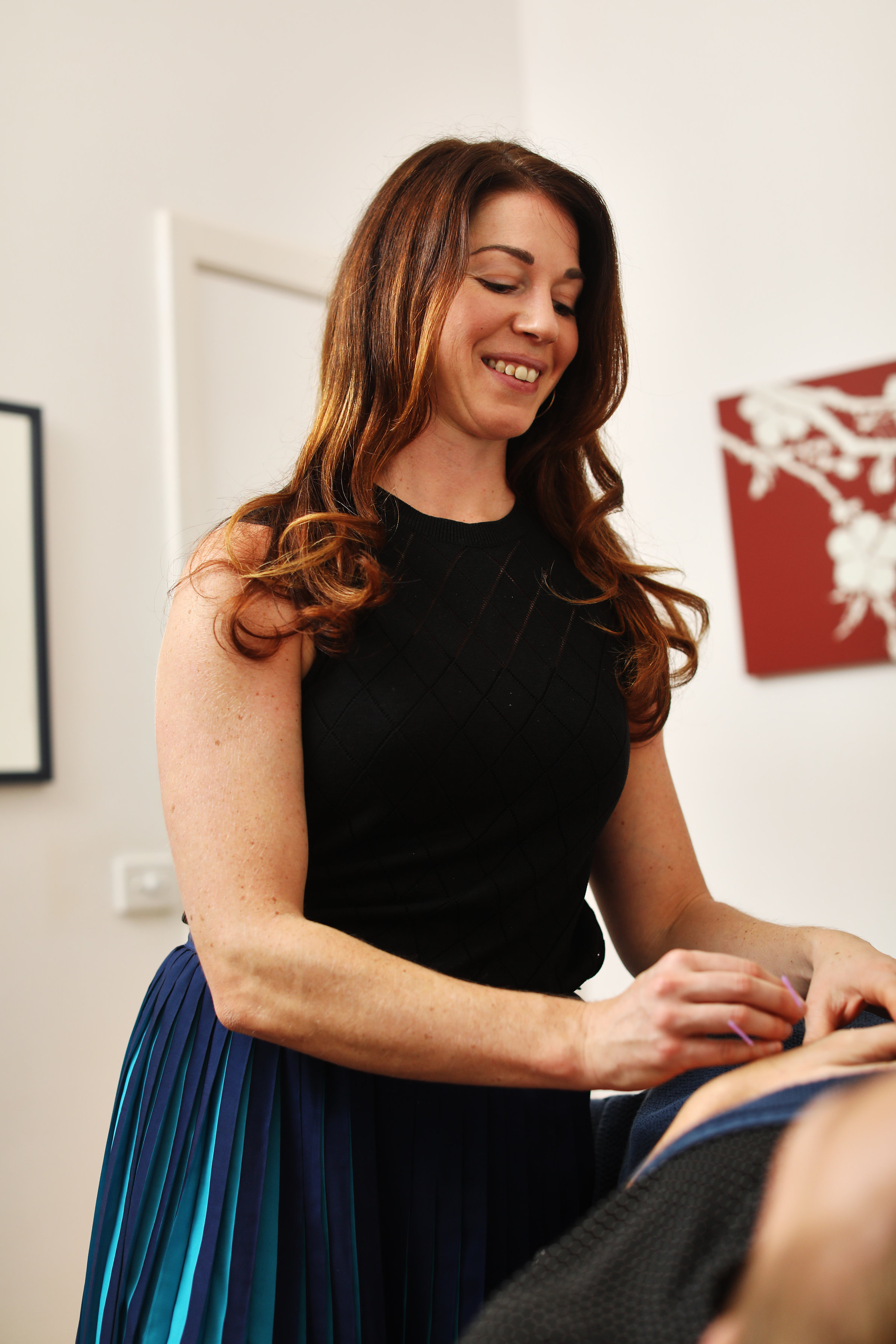
At the clinic, I meet lots of young girls who have been put on the oral contraceptive pill (referred to as the pill from here). I also meet lots more women who want to come off the pill after being on it from since they were teenagers and are now in their 30’s and want to start a family. What they often have in common is they don’t know much about or appreciate their menstrual cycle.
Our period is a wonderful gift, once a month, we shed our endometrial lining of our uterus that we’ve built the last month, and begin a fresh. We do it every month, of every year, for 30-40 years. This is a constant reminder that we are cyclical creatures, who are pulled by the moon and the tides. We are in flow (pun intended) with the universe. We are absolutely amazing.
Every month, what our body is busy doing, is preparing for a possible pregnancy (not what we want to think about at 13-years-old!). We spend the first half of the cycle (the follicular phase), from bleeding to ovulation, preparing to release an egg (what the body hopes) to be fertilised. We spend the second half of our cycle (the luteal phase) holding the potential fertilised egg. If no pregnancy, we shed the lining and do it again next month.
This is what our body is doing, planning to keep the human race going. But if we don’t allow our reproductive system this process, it can make things complicated later in life, when we are finally ready to have a baby. Or for those who decide not to have children and stay on the pill for even longer, complications can occur as we approach menopause.
I know it is hard for us to worry about our future self when we are a teenager with irregular cycles, heavy bleeding, painful period and/or skin outbreaks. We want the problem fixed now! However, the pill doesn’t fix our problems. It blocks our hormones, basically shutting down our ovaries.
Then when we come off the pill years later, the problem(s) are still there, if not worse and new problems may occur:
- irregular cycles

- amenorrhea (no periods)
- skin outbreaks
- mood swings
- painful periods
- heavy periods
The pill comes in a few variations, the combination pill and mini pill.
Combination pill
This is the most common, it is an oestrogen and progestogen combination. This is the pill where we take the synthetic oestrogen and progesterone for 21 days and then take the sugar pill for 7 days. This is when women have withdrawal bleeding which is most commonly referred to as the “menstrual period”. This is not our period.
The combination pill works by stopping ovulation each month (normally, each month an egg is released from the ovaries). It also thickens the fluid/discharge from the cervix to prevent sperm from reaching the uterus/womb. And it thins the endometrial lining of our uterus. This prevents a fertilised egg from attaching to it.
Mini pill
The mini pill contains synthetic progestogen only. It also thickens the fluid from the cervix to prevent sperm from reaching our uterus like the combination pill. It can sometimes stop ovulation.
Fact: the pill doesn’t protect against STI’s
The pill doesn’t fix our problems, it might mask them, but it doesn’t fix them. So with regards to teenagers, I would suggest other alternatives before going on the pill (also bearing in mind that the pill doesn’t protect against STI’s. STI’s are on the rise and can cause infertility and other health issues.
When working with women who want to start a family, the sooner a woman comes off the pill, the better. I would like a bare minimum of 3 months, but 1 year would be ideal to start to lay the foundations for enhancing fertility by thickening the lining and regulating the cycle that has been shut down for so many years.
If you have any questions, please contact us here.
* Health risks with the pill are rare. However, something to be aware of is that smoking increases the risk of harmful effects. Please ensure you do not smoke if you are taking the pill.
Written by,
Practitioner of Chinese Medicine






